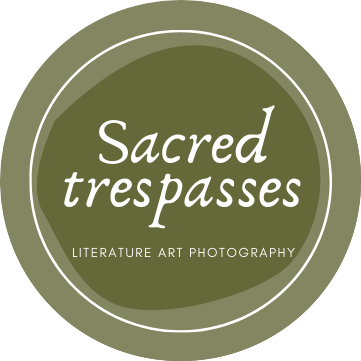By Kevin Rabalais
The Nobel Prize for Literature has never been awarded to a photographer, but over the past forty years the Brazilian-born Sebastião Salgado has traveled the globe to tell some of the world’s most pressing stories. From drought in the Sudan to genocide in Rwanda, forced migrations across borders, refugee camps in Africa, the burning oil fields in Kuwait to the glorious pristine corners and species of our planet, Salgado has given us iconic images of the past half-century.
If the Nobel Prize for Literature committee isn’t paying attention, here’s another suggestion. For his efforts in helping us to comprehend the above—and other—major events of our time and showing us not only the glories of our planet but also the crimes we have committed against it, why not give Salgado the Nobel Peace Prize? If his photography isn’t enough, then consider this: with his wife, Lélia, Salgado founded The Instituto Terra and has overseen the restoration of barren land to its former state as a subtropical rain forest. These efforts—planting more than two million trees in the Minas Gerais region of Brazil—have created the first Private Natural Heritage Reserve in the Atlantic Forest.
Salgado began his working life as an economist. One day in his late twenties, he held a camera to his eye for the first time. As he describes it, his whole life changed.
“My photography is not a form of activism, it is not even a profession,” he writes in From My Land to the Planet. “It is my life.”
In 2014, Wim Wenders and Salgado’s son Juliano released The Salt of the Earth, their Academy Award-nominated documentary about the photographer. “The one thing I knew already about this Sebastião Salgado,” says Wenders, “he really cared about people.”
Witness the mass of humanity—coffee farmers; industrial workers; orphaned migrants; tribesmen, women and children—that populate the photographer’s work.
“Even when I have been in refugee camps,” Salgado tells Mario Calabresi in Eyes Wide Open, “I haven’t photographed the poor or desperate, only people. I haven’t shown the wretched, but people who lived in harmony and who have lost their home and land and who were seeking another place to live. That’s what my photography is: to respect them and to reveal a story. I haven’t been driven by the desire to create beautiful pictures or to become famous, but by a sense of responsibility: I write with the camera, it’s the language I have chosen to express myself and photography is my life.”
On the recent twenty-fifth anniversary of the burning of the oilfields in Kuwait, Salgado wrote about the experience—which left him partially deaf in one ear—in The New York Times. After photographing these and other ravages for several decades, Salgado stopped working for four years. “[T]o get back on my feet again,” he tells Calabresi, “I started to gather funds to rebuild my paradise’s ecosystem, to plant more than two million trees of two hundred different species…”
He read Darwin’s account of his journey on board the Beagle. This inspired the Genesis project—sixty-four-months of work that began in the Galápagos Islands. “I gave myself the best gift that I could ever have imagined in life,” he tells Calabresi. “I went to see the other creatures that inhabit the planet, after having spent years photographing a single creature, man. I went to see where we live in equilibrium.”
In From My Land to the Planet, Salgado writes of his first day in the Galápagos Islands. He encountered a giant tortoise. At Salgado’s approach, the tortoise, suspicious of this outsider, took several steps back. Before this encounter, Salgado had always been introduced to his subjects; he had a chance to explain his intentions. “I realized that, in the same fashion, the only way in which I was going to photograph this tortoise was to get to know it, to get onto its wavelength,” he writes. “So I began to imitate its behaviour: I crouched down and began to move at its height, hands and knees on the ground. From that moment onwards, the tortoise no longer moved away. … Let no one ever tell me that animals are beasts without brain and without logic.”
Salgado's photographs reveal his morality and humanity.
To receive updates from Sacred Trespasses, please subscribe or follow us on Facebook or Twitter.



